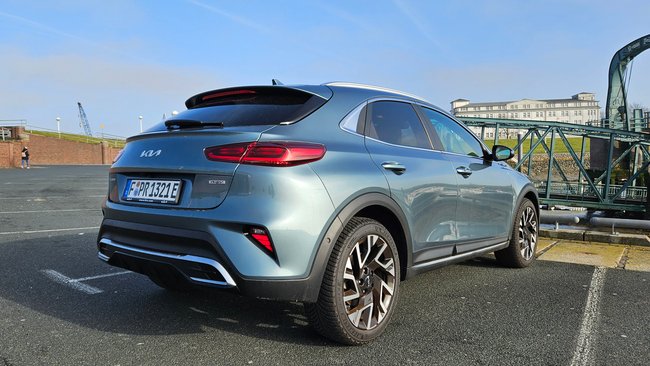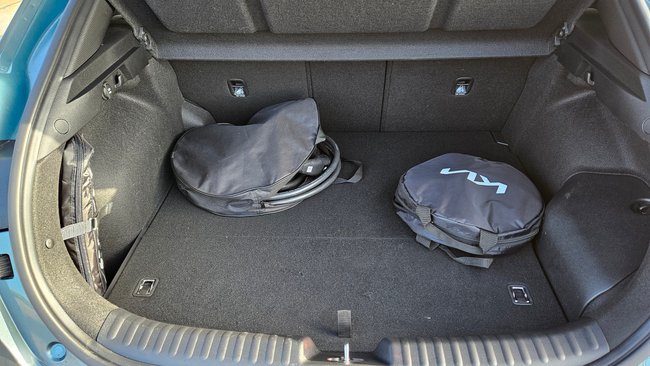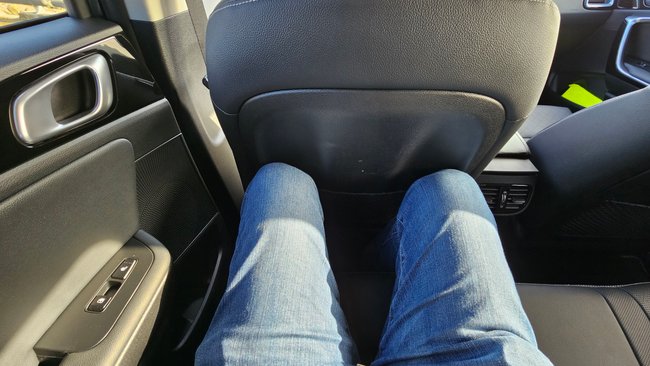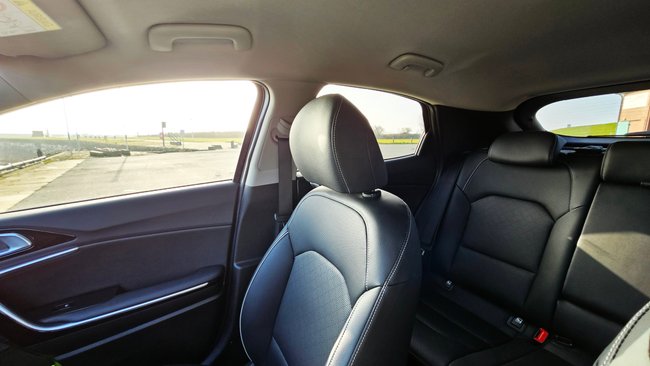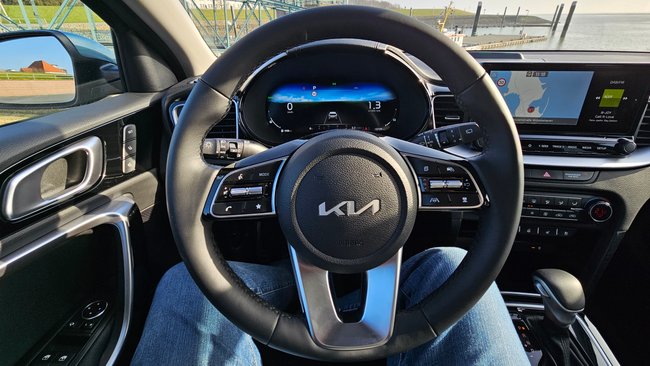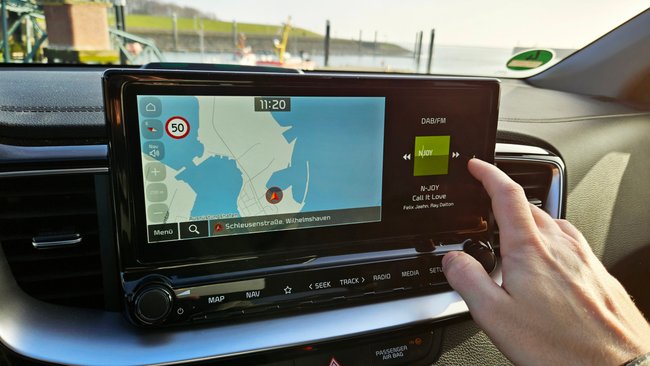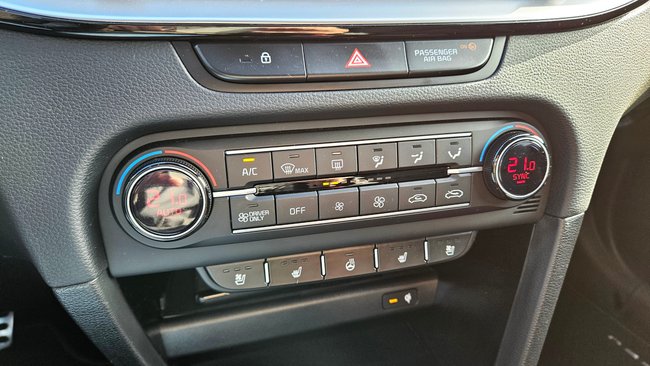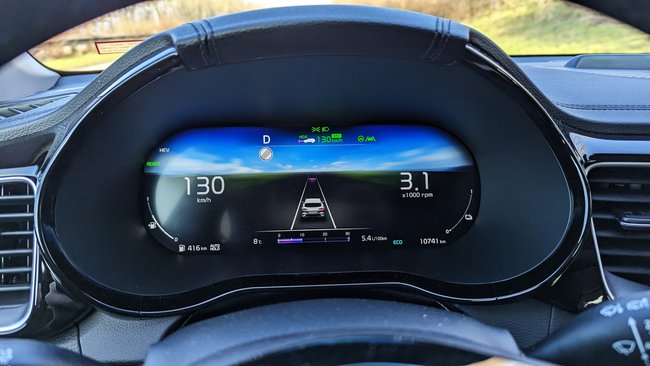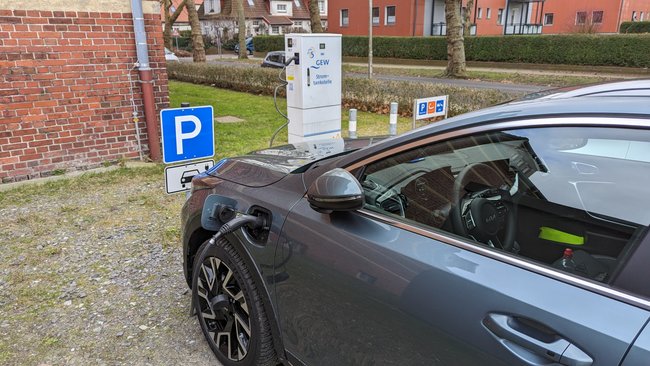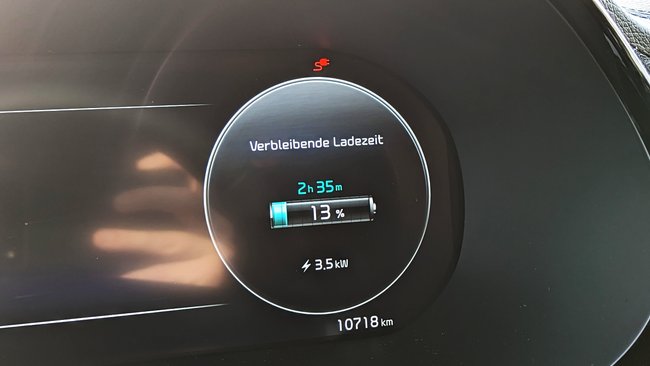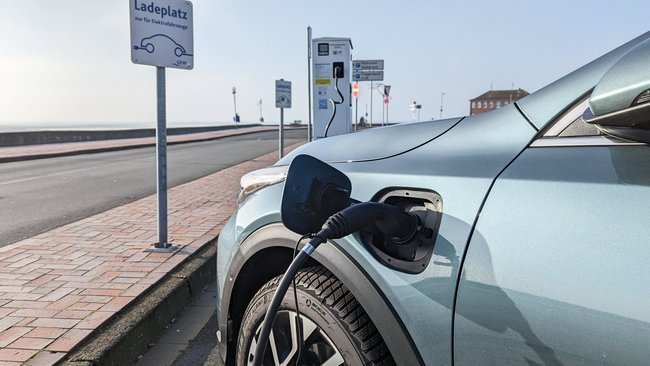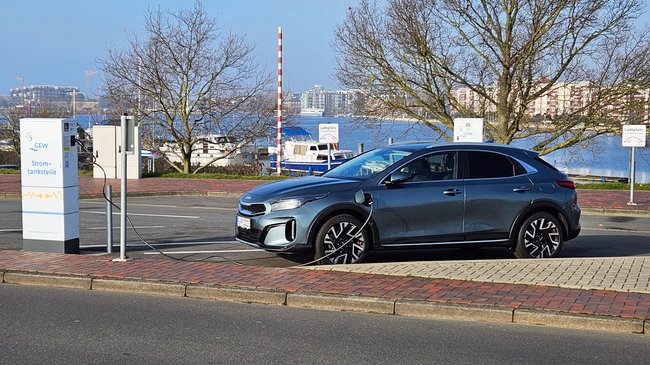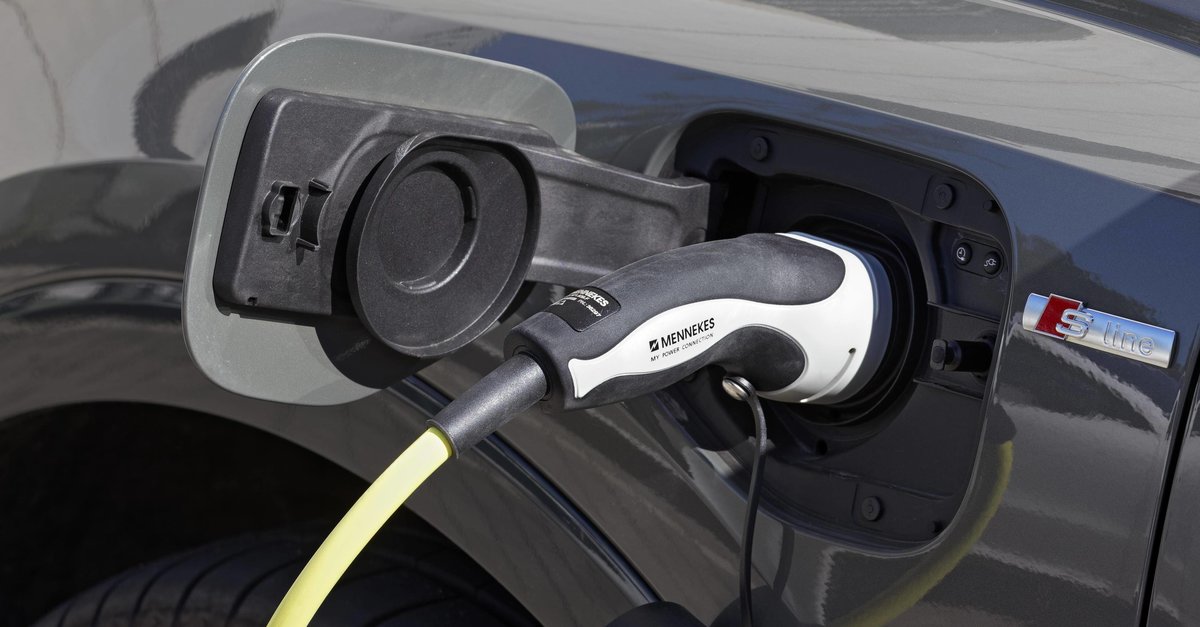The perfect successor to my diesel?
More and more car manufacturers are bringing e-cars and plug-in hybrids onto the market, which are supposed to be more environmentally friendly. Since I am looking for a successor for my diesel, I have used a comparable Kia XCeed plug-in hybrid in my everyday life. You can find out in my experience report whether I was satisfied with it and what really annoyed me.
Contents
Kia XCeed PHEV in the test: conclusion
The Kia XCeed made a good impression on me in the everyday test. I like the crossover, which is actually a vehicle in the Golf class, only slightly higher and more robust. The plug-in hybrid drive in combination with a petrol engine ensures that consumption remains low, even if the battery is not being charged. There is always a buffer that ensures that you are traveling electrically in many situations where you would not have expected it at all. So I had an average Consumption of 5.4 liters per 100 km. The battery was empty 80 percent of the time because I don’t have a wall box.
What I particularly like about the Kia XCeed is its size, which reminds me a lot of my Renault Megane. I’m looking for a successor for that and the Kia could be perfect. The ergonomics of the cockpit convinced me. I immediately felt at ease. In addition, the assistance systems did a good job and the headlights felt like turning night into day.
Due to the rather sporty shape and the wide C-pillar, the all-round view is not perfect. I was also annoyed that the Kia XCeed does not save settings. With other vehicles, the car remembers that the seat heating was on if you just get out and go shopping. Also, the auto hold function always turns off when the car is turned off. That annoyed me every time I drove. The Charging port could also be on the opposite side in my opinion. So you would have the connection on the sidewalk when you park. Recuperation also takes place exclusively via the brake pedal. Here I would have wished for a B mode.
Overall, though, I have to say that the Kia XCeed PHEV is a Solid mid-range vehicle with a modern drive concept is what I enjoyed in everyday life. In any case, it is on the shortlist as the successor to my Renault Megane with a diesel engine.
Advantages:
- design
- ergonomics
- driving behavior
- assistance systems
Disadvantages:
- No recuperation
- loading speed
The test vehicle
Kia made the XCeed PHEV available to me in the following configuration:
- Kia XCeed 1.6 GDI PHEV 6DCT (Platinum)
- Yuka Steel Gray
- P3 – Performance Package
The The basic price is 43,190 euros, with the packages the test car is around 44,300 euros. There are no longer any subsidies in Germany.
Compact crossover
I’ve always liked the look of the XCeed from Kia, because it reminds me of my Renault Megane 4. In contrast to the normal Ceed, the XCeed is a bit higher, which I now like more. It’s not much, but you can tell Significant difference in everyday life. There are still worlds between a crossover and an SUV, but if you don’t want to switch to an SUV like I do, you’ve come to the right place.
The beefy rear of the Kia XCeed also makes a solid impression. The Tailgate opens electrically and offers plenty of space for shopping, luggage and, of course, charging cables.
But then there is not so much space under the cover. So you have to deal with the normal level. It’s practical 12 volt connection, to which you can, for example, connect a freezer directly in the trunk. The hooks are also well positioned and hold shopping bags securely. I only find the lack of LED lighting a pity. Kia uses normal lights in the trunk and in the vehicle.
With my 181 cm behind the driver’s seat, I have just about enough space in the rear seats.
I find that extremely pleasant even heated seats in the back is available. The front and rear seats feel premium. Lateral support is particularly good at the front. The all-round view is just fine. However, the wide C-pillar and the small rear window significantly reduce visibility in some situations.
But there is a rear camera and large side mirrors just in case. Overall, I felt very safe in the car.
Successful ergonomics
I found the cockpit very pleasant. For me personally the ergonomics fit perfectly. I often have to spend a long time looking for the right seating position, but that wasn’t a problem here, as it was in my Renault. There are still many classic buttons to access functions directly, and everything is basically self-explanatory.
Actually, I’m a big fan of the new cockpit from the Kia EV6, Niro EV or Sportage, but the display of the XCeed is simply easier to reach.
It may not look quite as modern as the other vehicles, but purely in terms of ergonomics, the XCeed is my favorite so far. Even the individual functions like that Seat heating or seat ventilation can be reached directly.
I’m just not a fan of the red lighting. I would rather have white lighting, as is the case in modern vehicles. The cell phone can be charged via a wireless charging station while driving.
Assistance systems convince
The Kia XCeed basically has all important assistance systems on board. This includes an adaptive cruise control, which can also take over the speed on the freeway, an emergency brake assistant and so on. At first I was a bit disappointed with the blind spot warning device in the side mirror, because the small light is hardly visible during the day. But this is exactly where the cockpit comes into play. There, the car also warns of a vehicle in the blind spot. You can see that very good in the peripheral field of vision, while you normally concentrate on the road. That was a huge increase in comfort when driving on the Autobahn.
The lane markings were well recognized by the Kia XCeed in most cases. Only when the sun was unfavorable did it sometimes take a little longer than with other Kia models that I’ve driven recently. The car steered reliably. However, you should steer in tight or fast corners. Since it is is not an autonomous systemthat should go without saying.
charging speed and range
The Kia XCeed will be available as a plug-in hybrid an 8.9 kWh battery delivered. Single-phase charging with 3.5 kWh is possible at public charging stations. Since the battery is never really completely empty, this takes time about 2.5 hours:
This gives me a purely electric range of 40 to 50 kilometers with rather colder temperatures achieved with a mix of city and country roads. The petrol engine is often used on the motorway. The electric drive is only used on construction sites or when gliding. So I had an average fuel consumption of 5.4 liters over 300 kilometers.
I loaded it up wherever it was possible. Either at the beach or while shopping. Charging stations are in great demand, especially in the city, and are often occupied. So ideally you should have a wallbox at home or at workto be able to load there. Because during a short 30-minute shop, I recharged a range of maybe 7 kilometers. A faster loading function would be welcome here.
Is a plug-in hybrid still worth it?
With the end of the subsidy, plug-in hybrids should no longer be of interest to many. In my opinion Such vehicles are only worthwhile if you also have a charging facility and your commute is not too long, so you can drive purely electrically. In this way you save costs, but you are still not limited like with an electric car when you have to travel long distances.
A plug-in hybrid also very often supports the combustion engine and takes over its task even when the battery is almost empty. I’ve often wondered why I’m driving electrically, even though the electric range was basically no longer displayed. This also saves some fuel, but in return you have to carry the battery around with you all the time.

